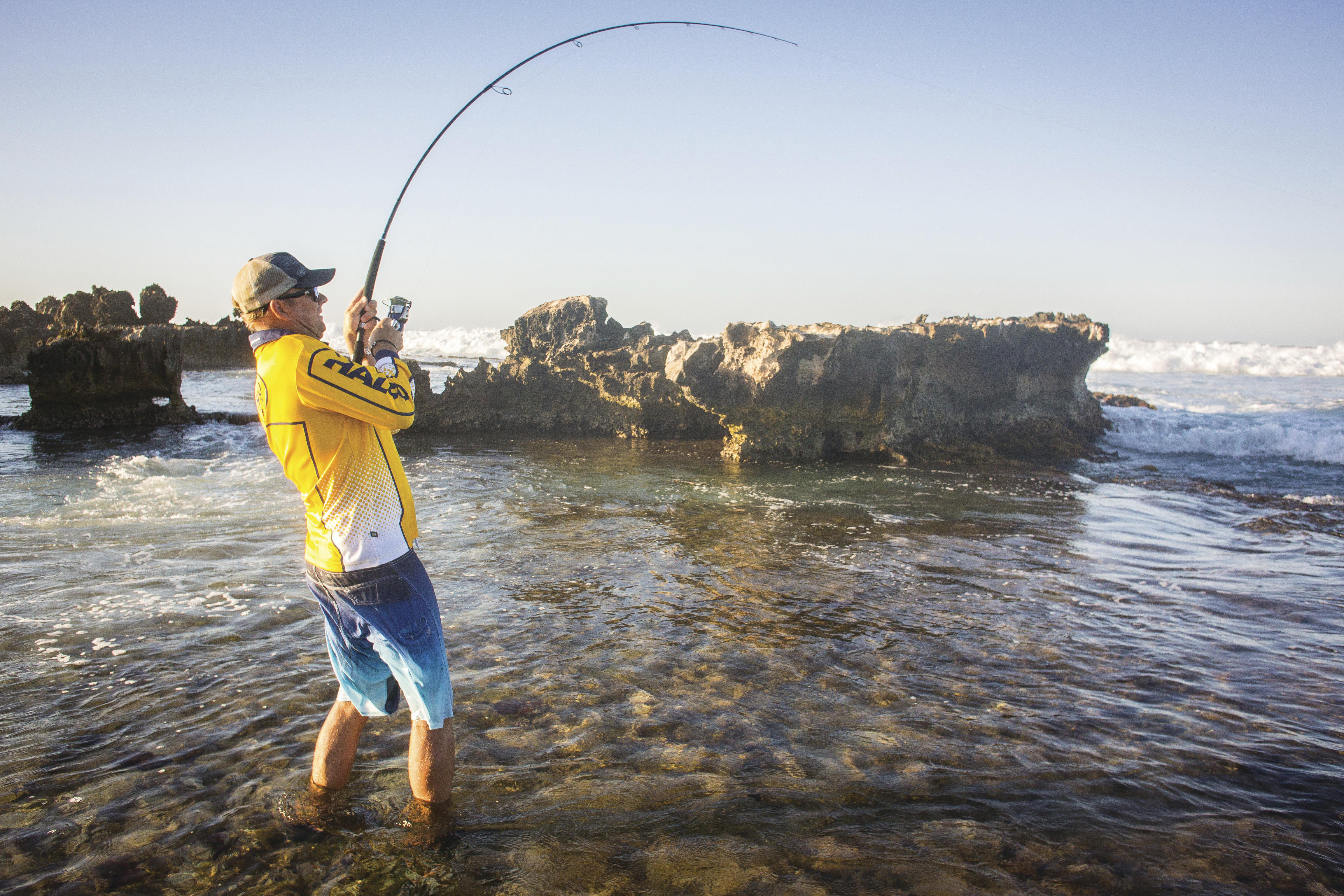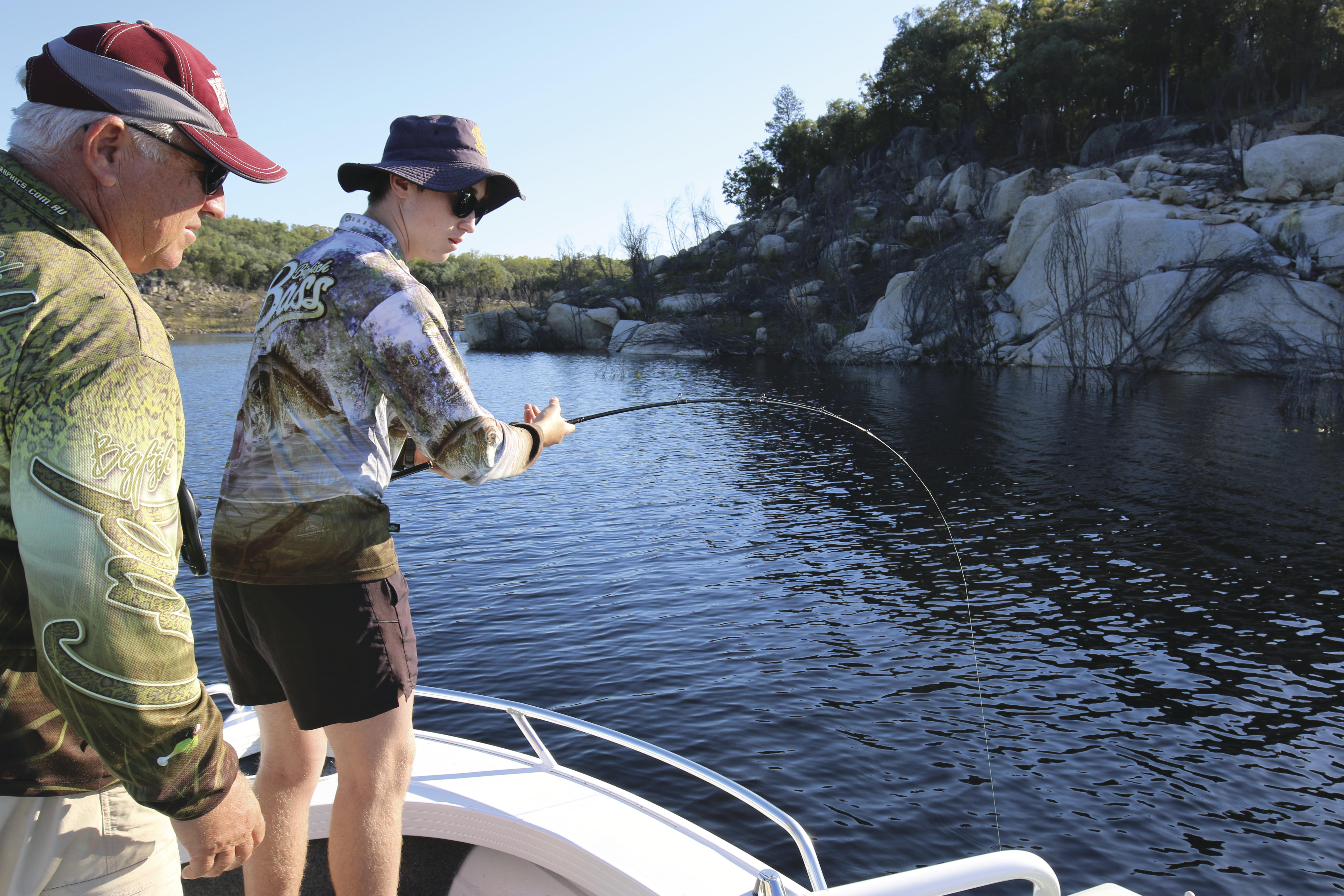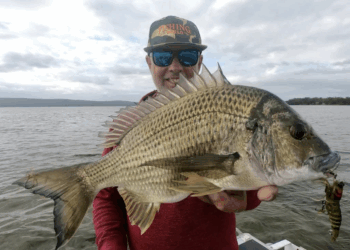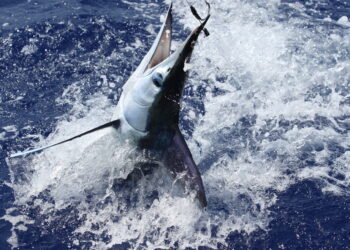
SOONER or later every angler will buy a rod. There are many brands on the market, each offering a selection of models. Some are crafted from bamboo but most rods are now built on blanks made from graphite, carbon fibre, composites of these materials, or fibreglass. Today, we are spoiled for choice.
You can buy fishing rods in big chain stores, online, from specialist local tackle outlets or go to a rod builder for a custom-made model. Rods vary in price from a under $50 to thousands of dollars.
This article is aimed at helping an angler develop a basic understanding of fishing rods. It examines rod types, terminology and the selection process. Finally, it offers some advice about care and maintenance.
The small print
Many manufacturers place information on their rods. This may include rod length, recommended line breaking strain, lure weight and, in some cases, “power” setting. Some use a series of letters that might refer to the rod’s purpose (BSR – bream spin rod), its “action” (MT – medium taper) or the model within the range. Some rods have a serial number for warranty purposes. These markings are found on the bottom third of the rod.
Fly fishing rods will provide a recommended line weight suitable for that blank. Many game rods are built to suit a specific line class i.e. 10 kg. Most rods are built to suit a range (2-4 kg for example), which means you can fish lines from 2 – 4 kg over this rod.
There may also be a recommended cast weight that could be in grams or ounces. Again, this is likely to cover a range of weights i.e. 1/4 to 5/8 oz.
There are no standard labelling conventions so some lengths are in inches, feet or centimetres. Power ratings range from 1 to 5 with 1 being less powerful and relate to the rod’s use. An offshore 3 power is not the same as a light estuary 3 power.

Names
Some rod manufacturers name their products. A range of rods may be given a title and each model becomes a number in that range; or each rod within the range has a name. Most opt for names that offer little insight into the rod’s primary purpose. Unfortunately, few label a model a “bream” or “marlin” rod.
Backbone
Under load most blanks will try to roll so the “backbone” sits upper most. Overhead rods have the guides run along the backbone while threadline rods are bound on the opposite side. This is so the rod adopts its natural curve and does not try to roll as a fish is fought. Any rod not built on its dominant backbone (some have several) should be avoided. Spiral wrapped rods are the exception where the reel sits on top but the runners spiral the line underneath. This allows the builder to use fewer guides.
Action and recovery
“Action” is how the rod bends and where it locks up or ceases to bend or load. Rods have different actions designed for different purposes. Soft or slow action rods bend right down to the butt, are designed for shock absorption and are said to be forgiving. Fast action rods lock further up and are have a stiffer butt section. Note that rods with the same action can have different capacities.
Recovery is all about how much energy the blank can store then release on the cast. Some old fibreglass models have very slow recovery. Today, modern materials are invariably stiffer and generally recover quickly. Fast recovery may be ideal for flicking lures, accuracy and distance while slower recovery might be useful when shy biters are eating a bait and minimal resistance is required.
Reel seats and fittings
Rods are built to work with a specific reel. Sidecast rods will have the reel seat at the bottom of the blank. This is because during the cast the reel is controlled by the bottom hand. Threadline and baitcaster rods are built with a length of rod below the reel seat as they are controlled by the top hand. Rod guides sit on top for baitcaster and overhead reels while they remain under the rod for threadlines.
Grips are made from cork or synthetic material such as Hypalon or Duralon. In some cases, leather or heat shrink is used. Runners or line guides can be ringed or rollers or a combination. Some guides are built from wire (snake guides and “recoil” styles). Micro and super light guides do less to change or “sandbag” a blank’s action. Guides are fixed to the rod using binding thread and preserved using two-part epoxy or similar. Some rods also feature “rod art” where binding thread or epoxy mixtures are used to make designs mostly just above the foregrip.
Some blanks are painted or coated but many top end models are built with a minimum of additional weight so that the blank retains its true character.

Cast or fight
If a rod is expected to be used in prolonged fights with powerful fish, then the butt section will be designed to provide the optimum leverage for an angler. Heavy game rods are fish fighting tools that are almost impossible to cast with. Some rods on the other hand, are optimised for casting. Fly rods are great casting tools but less efficient to fight the fish with thanks to length and action. Most rods are built to facilitate both.
Other features
Some rods are marketed on a specific feature. Strength or “unbreak ability” remains a popular one; lightness is another. Some are said to be responsive or have fast recovery. Some use only the best componentry while others use modern terms in their names. Some are built as travelling rods and can be broken down into two, three or four pieces. Others are spiral wrapped so the overhead reel sits on top but the guides take the line underneath the blank. Finally, some rods simply take the line inside and dispense with guides altogether.
What do I need?

An experienced sales assistant (both in sales and fishing) in a tackle store is going to want to know a few things before he will show you a selection of rods. He’ll ask you what you’re fishing for, your budget, what reel and line breaking strain you use and maybe where you fish most. He’s also trying to assess your “level” and what sort of rod performance you will require.
Before you shop, try to have determined the following specific information. An example might be:
- I want a rod for lure fishing for bream (species and method).
- I will be fishing mainly from a kayak (kayak rod).
- It needs to throw small crank baits and other finesse style lures in the 3-5gm range (cast weight and rod action) and I will be using a threadline filled with 4lb flouro carbon (line weight, reel seat and guides).
- I am interested in something around 7′ in two piece (length and portability).
- I can spend $250 (budget).
A quick check online revealed over a dozen rods that could meet this need. Most of us would now welcome some advice…
Where do I go for advice?
Research can be quite easy. A wide range of species are targeted in Aussie tournaments. These tournament anglers still use custom built rods but many use and endorse off the shelf variants that will serve very well. Magazines, pro angler web sites, tackle companies and the net also carry this information.
Many rod companies use highly experienced anglers to help design new models so their off-the-shelf rods meet the customer requirement. Custom builders likewise form links with “pro” anglers to ensure they are rolling the right recipes. There are some very good production rods out there.
In my area, we have major department stores, two different tackle chains and two independent tackle retailers. Unless you’re certain, the ideal is to find a shop that employs top anglers and has a variety of on-hand stock. They can show you the rods that will do the job and they can also order models in or hook you up with a custom rod builder.
Price can be a major factor in a rod purchase. While many buy online costs are lower, tackle stores know this and will try to match these prices. Remember to factor in the “value” of the advice and being able to try before you buy as well as shipping costs.
Sport and game fishing clubs will have members who are extremely good at fishing for your target species. They have monthly meetings and by attending one and asking for help, you could be introduced to some people who could assist you not just to buy a rod but to use it better too.
Fishing guides are also a great form of advice. Chartering a guide for a day to do the type of fishing you’re interested in can assist in rod selection because you see it in use and understand what it has to do.
Rod care
Wash rods after use with warm soapy water and rinse off. Watch for corrosion or cracks in guides. Rollers should be oiled regularly and pulled down annually to ensure the sleeve or bearing is running smoothly. Corks can be maintained with furniture or bee’s wax.
Broken tips and runners are easy to replace and local tackle stores can often perform basic repairs. A broken rod can be re-joined using an internal sleeve but in my experience, is never the same. If it’s a short section broken from the tip then it might become a slightly shorter and stronger version.
Do not store rigged rods under strong tension especially if a weighty lure is likely to bounce around. This will wreck the tip’s frame. Do not pull line straight back toward the reel from the tip as it causes a “sheering” force that the rod was not designed for. The “snap” is a unique noise all experienced anglers dread. Avoid “high sticking” when fighting fish which is another way to apply that sheering force. This where you hold the rod butt pointing beyond 90 degrees from the fish putting the tip section at extreme risk. Car and garage doors will also easily crush rods as they close.
Many rods come with a cloth cover and this is ideal to store them in. Alternately you can buy a rod sock made from expanding nylon mesh to protect the outfit while you travel. Many anglers use a length of PVC pipe to protect their rods as they fly or drive.
Summary
Many modern rods are well-designed tools that are a pleasure to use. Even low cost models are quite good and will do the job on many species. Before buying try to define the need. Test the rod with a reel to ensure it is suitable. If you maintain the rod it should last for several decades and catch plenty of fish.

















